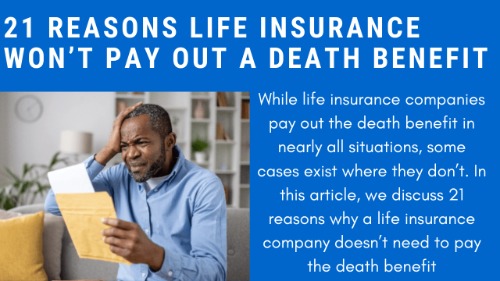 Truck drivers probably don’t think about disability insurance much, right?
Truck drivers probably don’t think about disability insurance much, right?
You know the importance of getting your shipments and loads on time. Your customers rely on you to be on time, unload your shipment, and ensure the shipment is in good order.
Then, you are on your way to your next destination.
People rely on you to do the job, to do the job right and fast.
What happens if you don’t earn a paycheck because of an injury or an illness? How will you pay your mortgage, car payments, home utilities, or even your truck payment if you own your rig?
Continue reading Disability Insurance Guide For Truck Drivers [Learn Your Options & Save Money]

 Are you looking for a $10,000 whole life insurance policy? Many options exist; however, you want to ensure you purchase the right type of policy.
Are you looking for a $10,000 whole life insurance policy? Many options exist; however, you want to ensure you purchase the right type of policy. Do you know many reasons exist why a life insurance company won’t pay out a death benefit?
Do you know many reasons exist why a life insurance company won’t pay out a death benefit? As they say, “It’s all in a name.” In this case, the definition of disability in your policy determines whether or not you will receive benefits from your claim.
As they say, “It’s all in a name.” In this case, the definition of disability in your policy determines whether or not you will receive benefits from your claim.